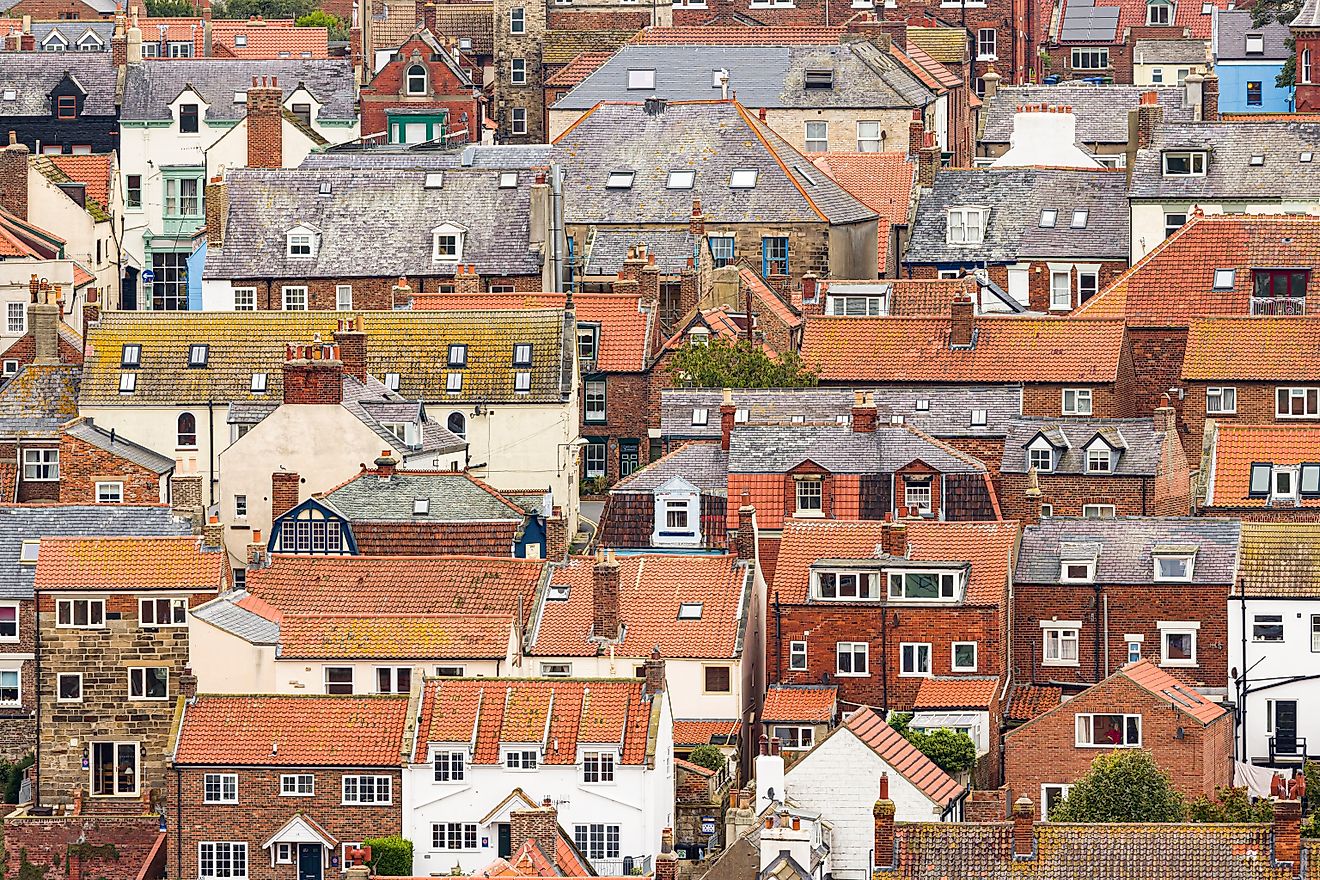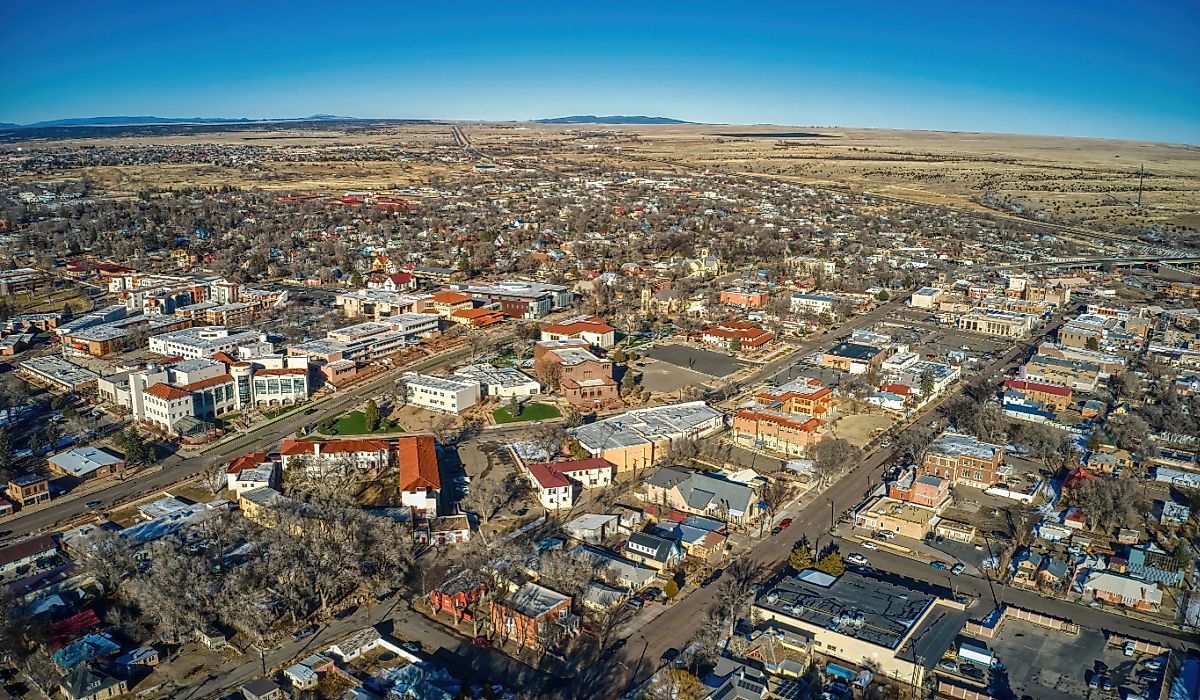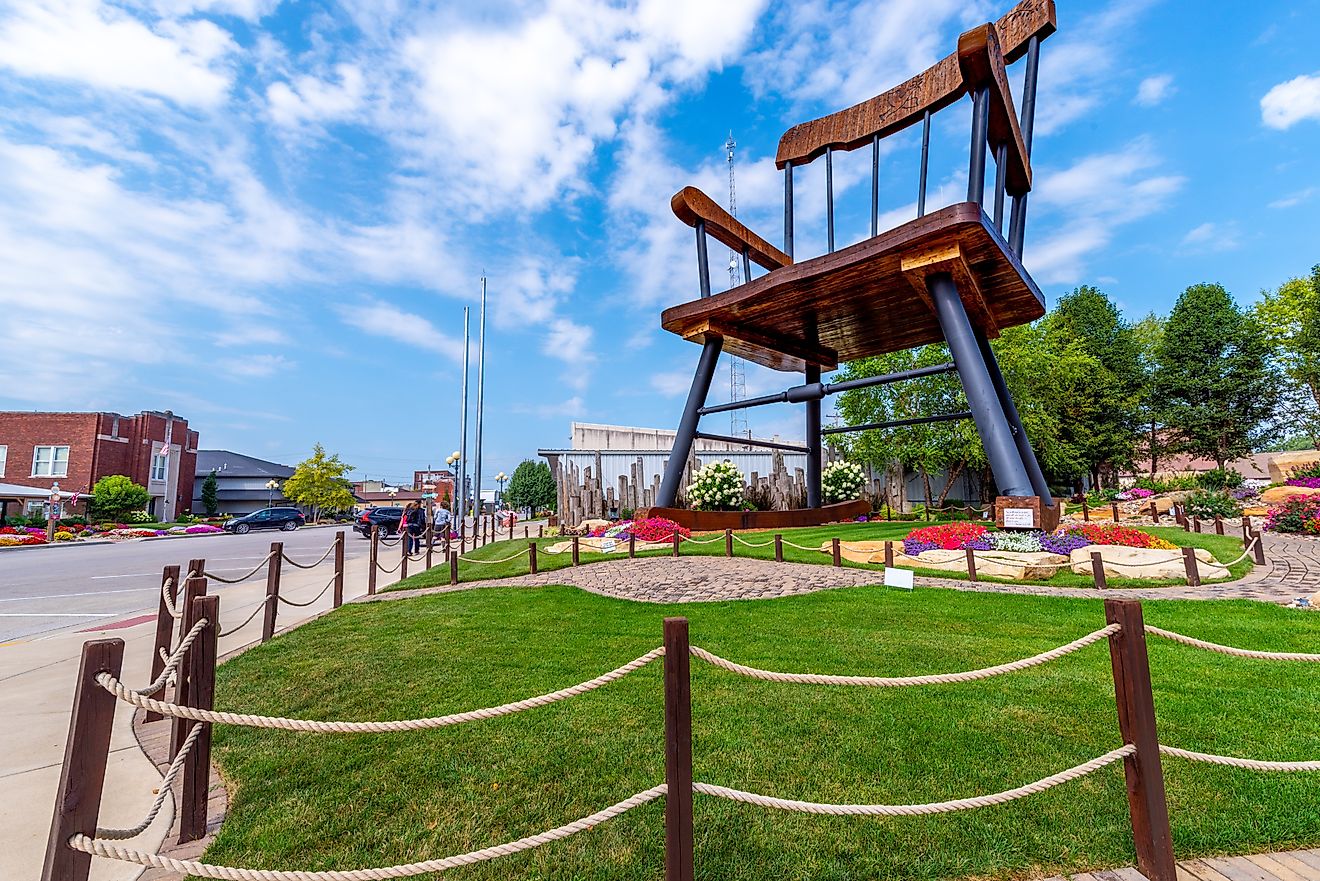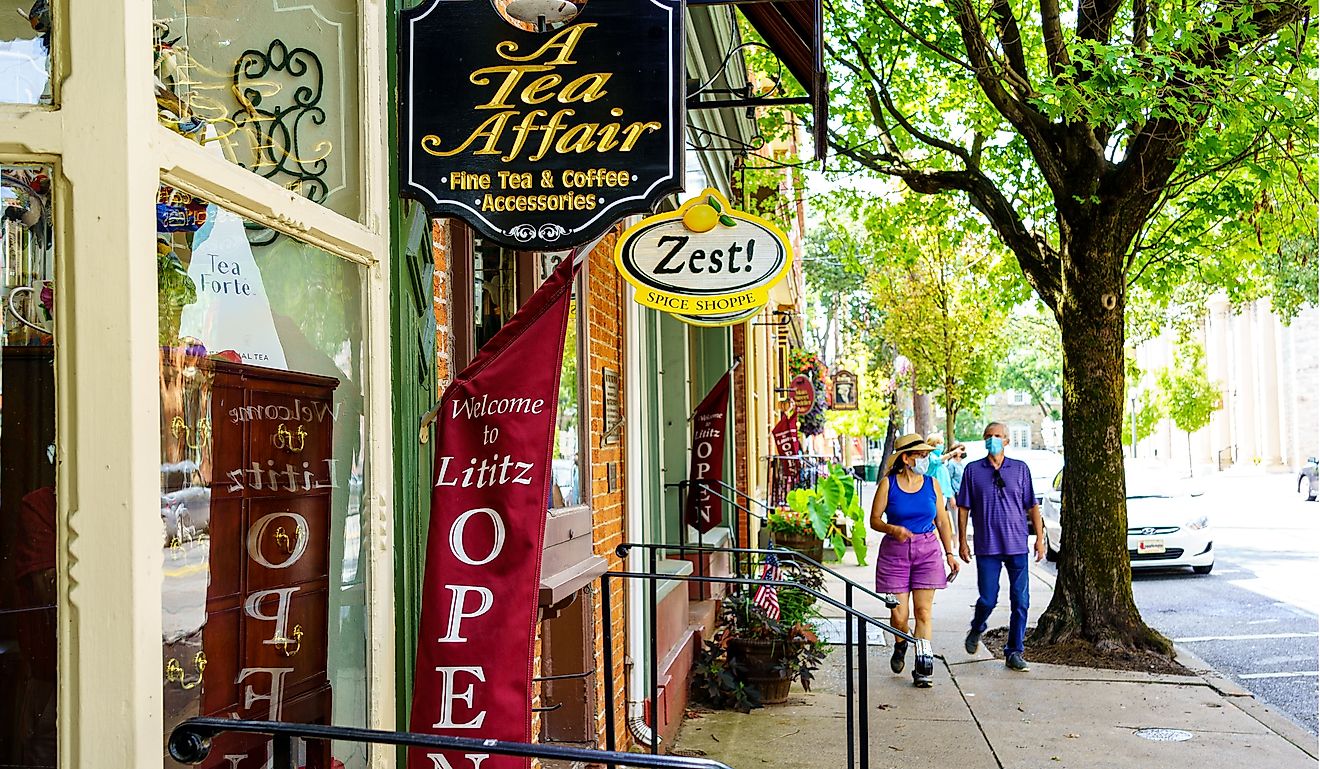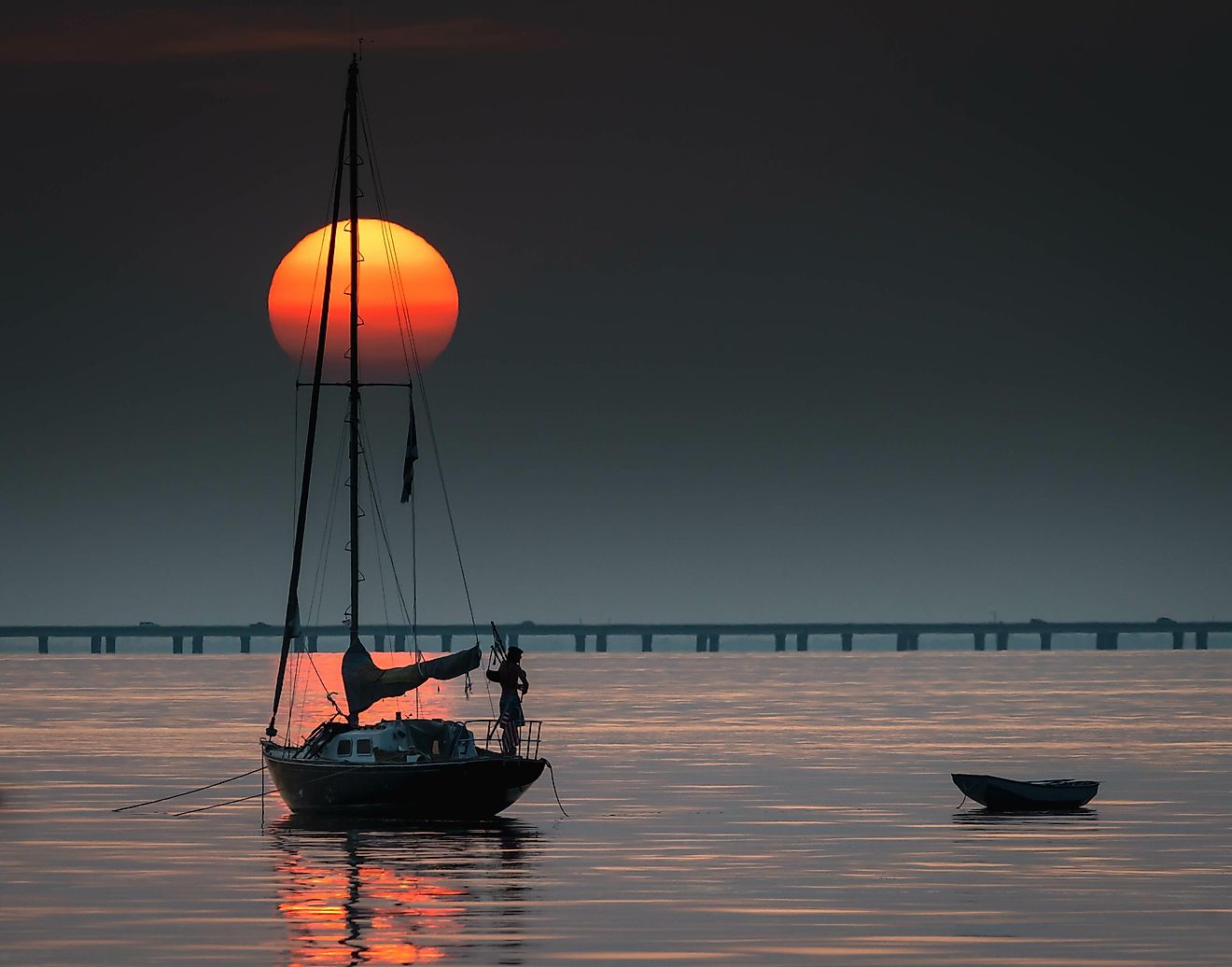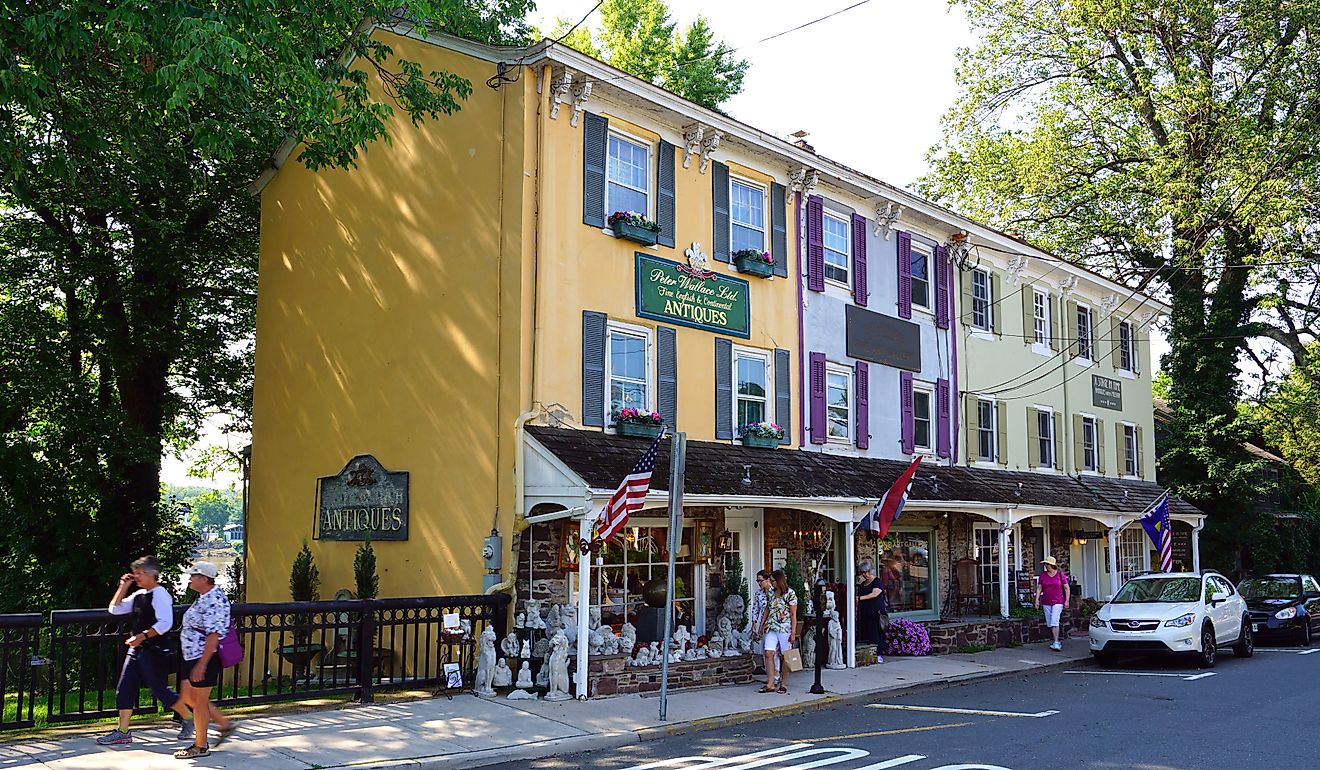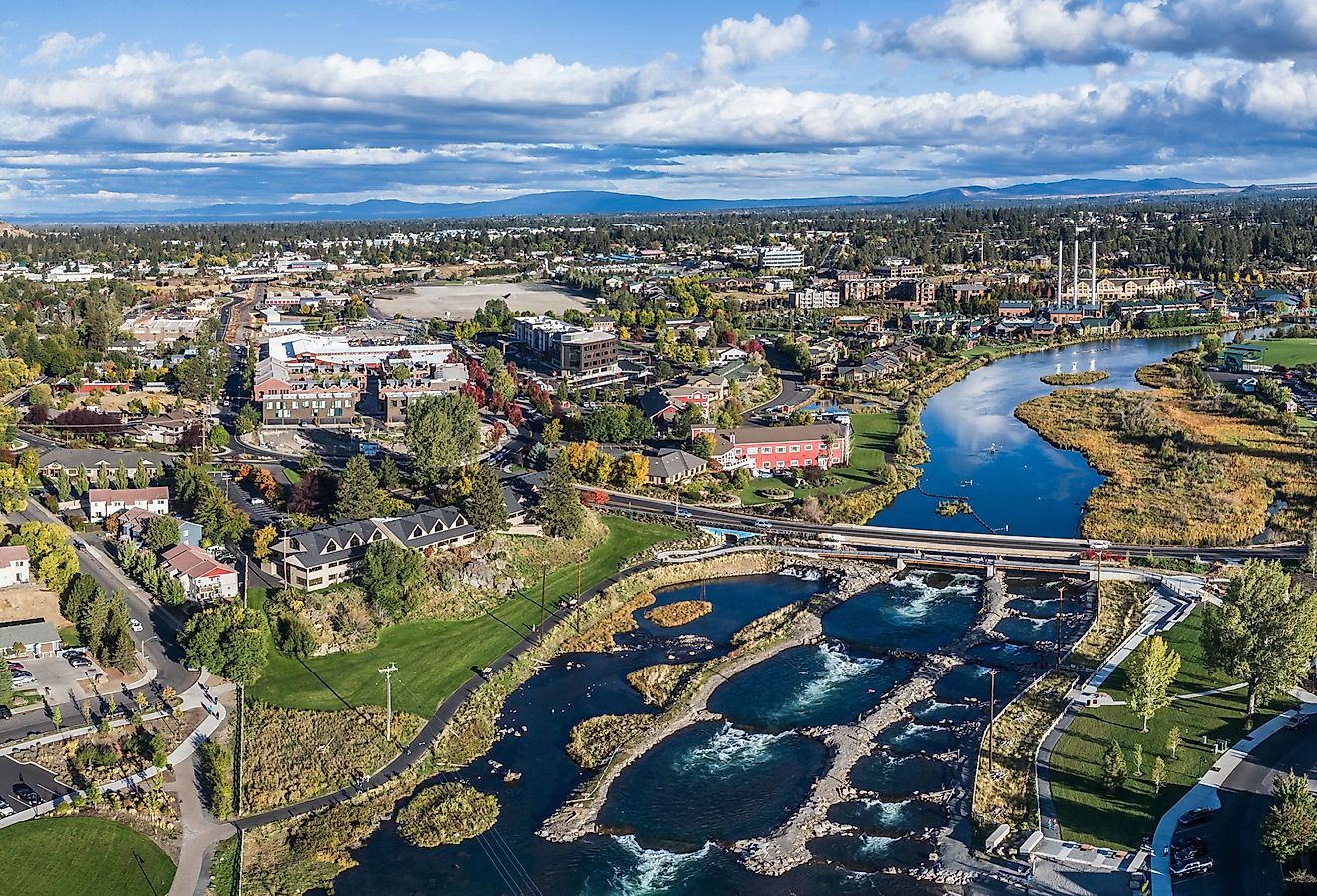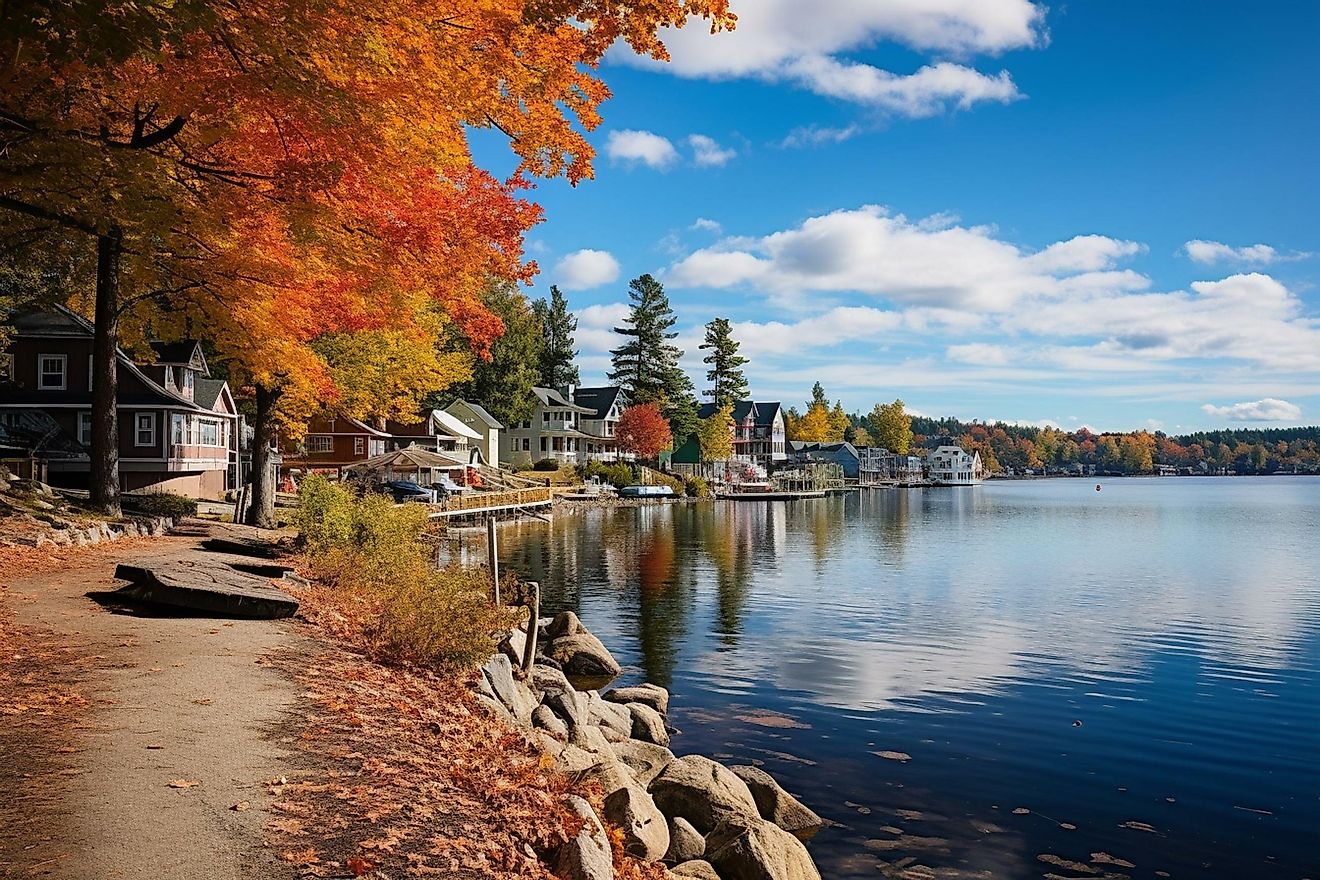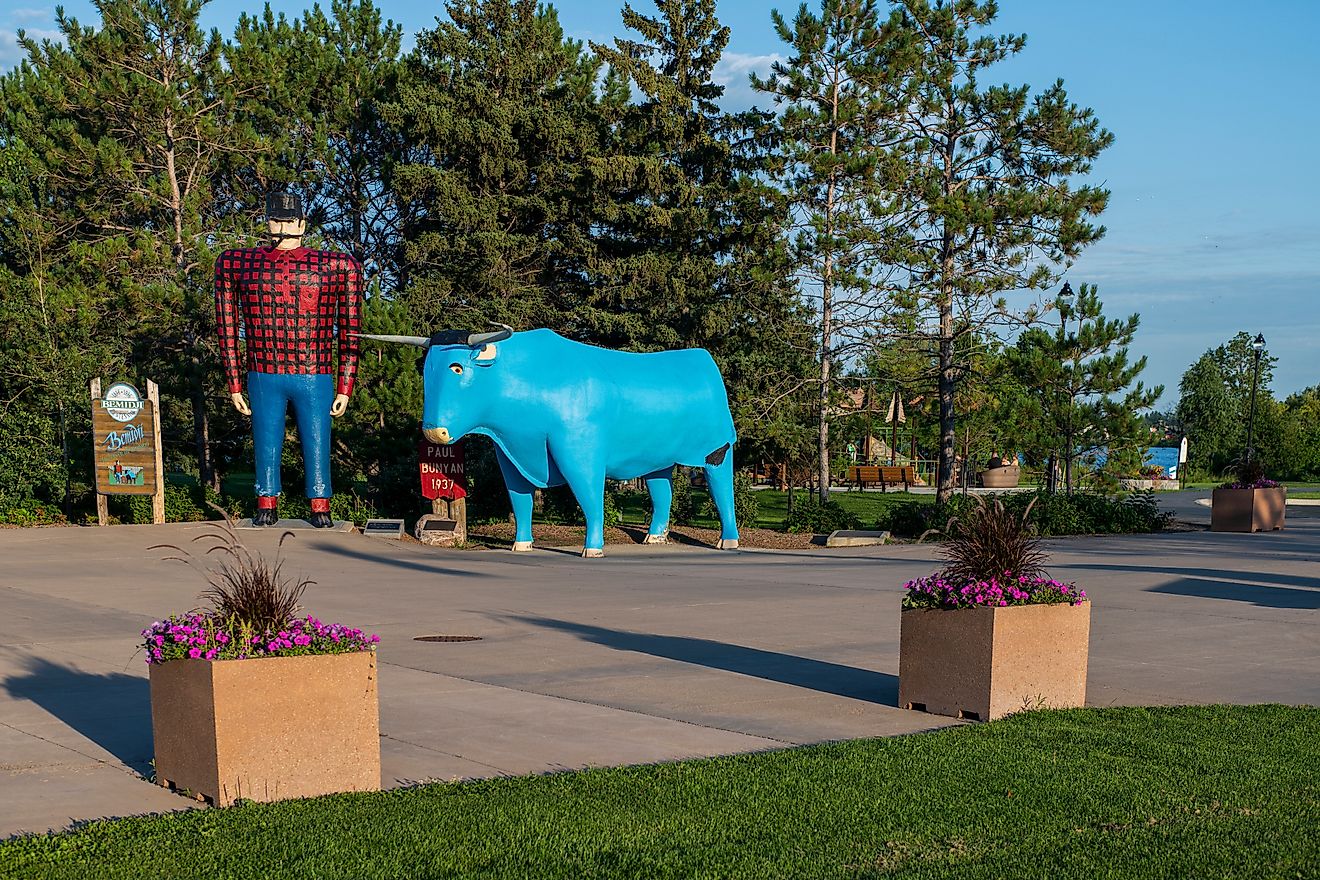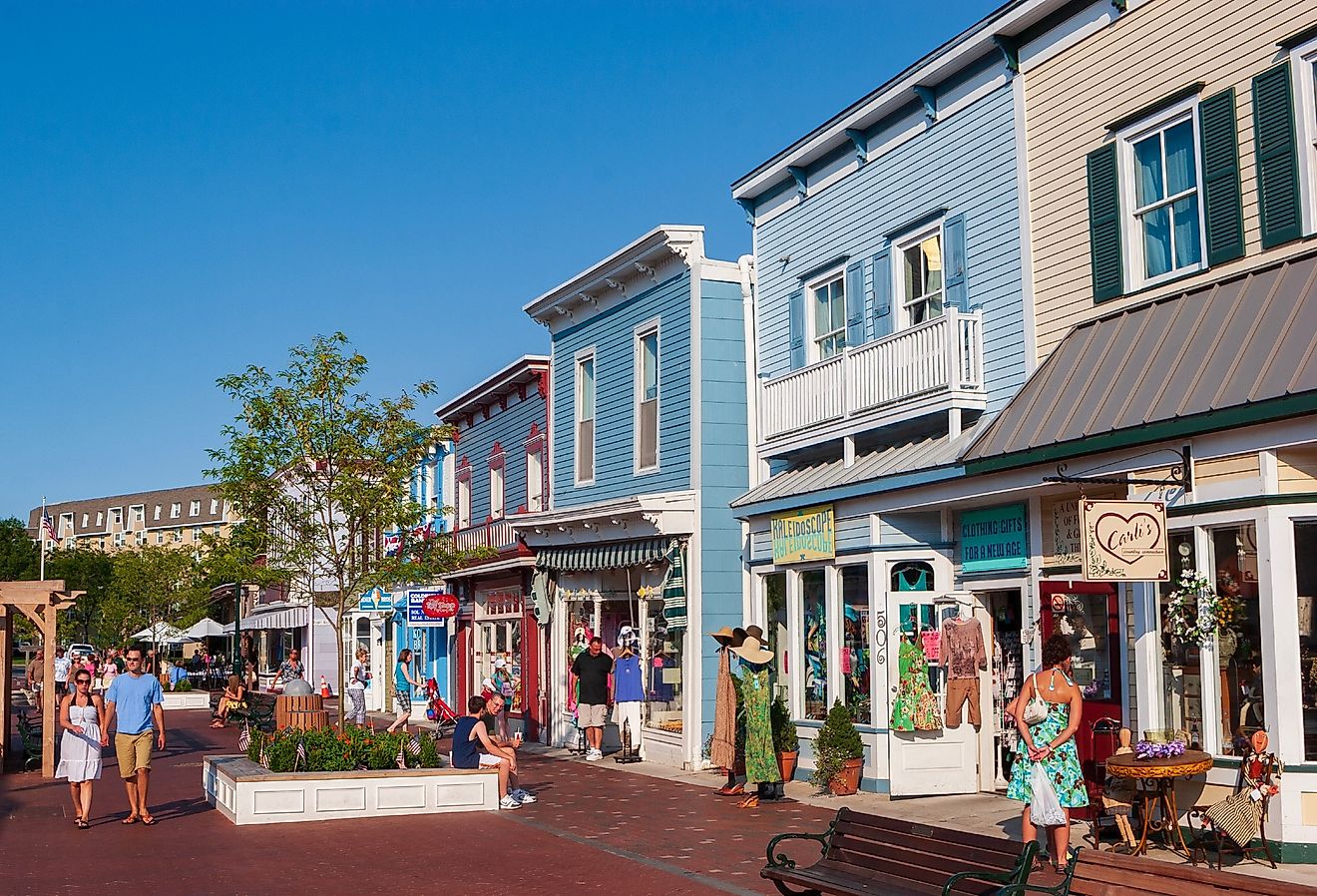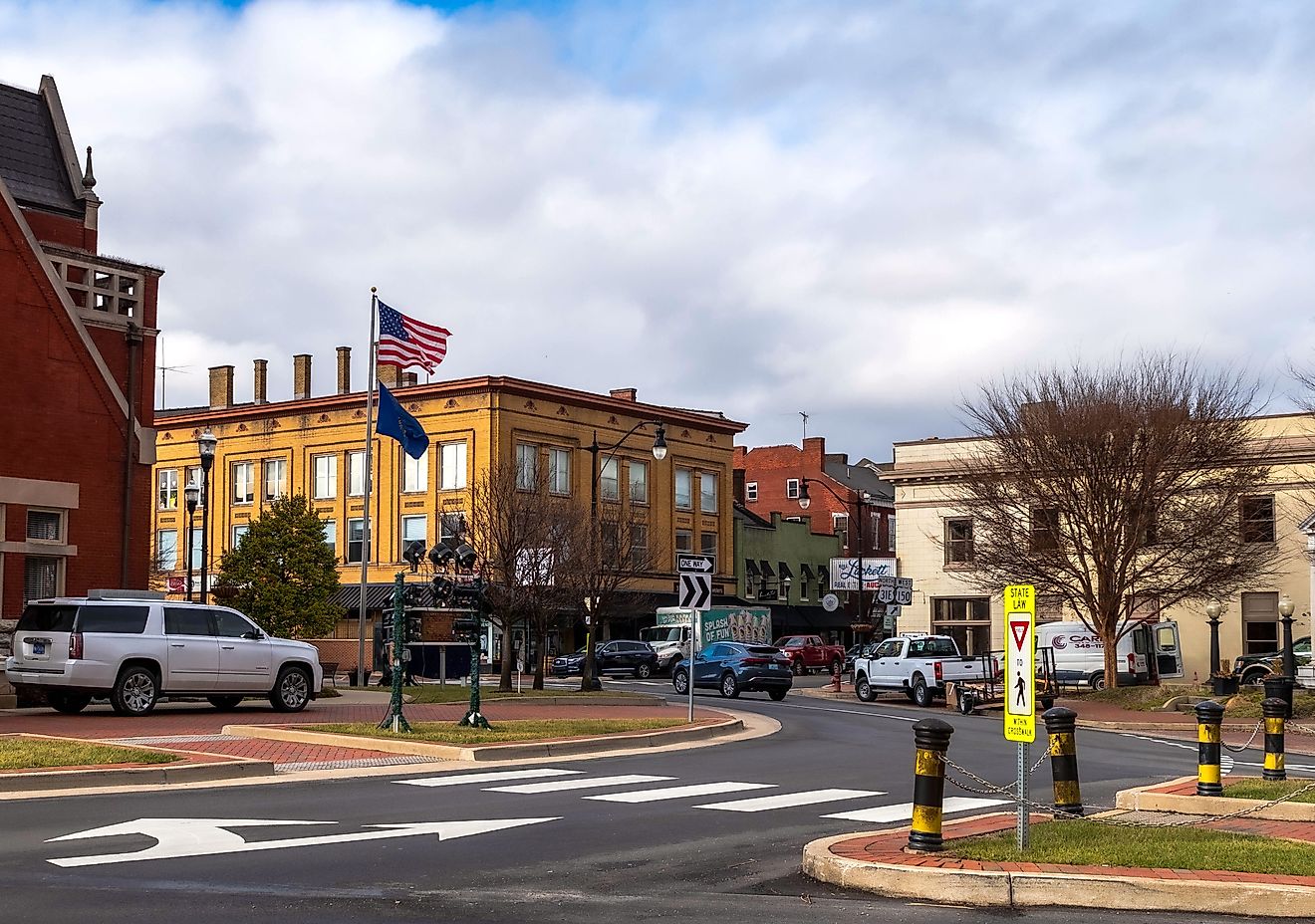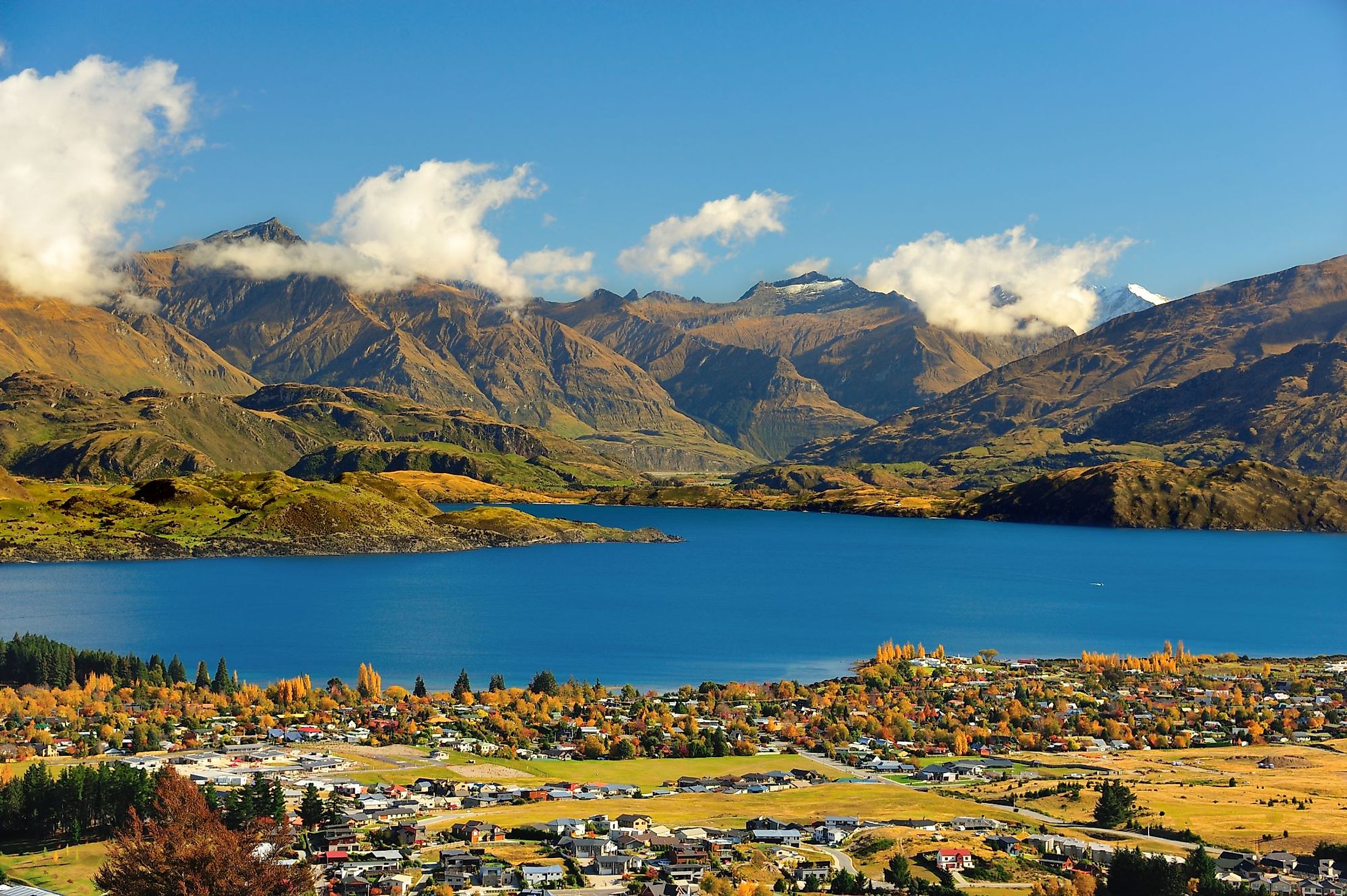
Wanaka, New Zealand
Centrally-set on New Zealand's South Island, the small town of Wanaka is perched at the edge of Lake Wanaka at the southern tip of the Mount Aspiring National Park. It is the center of a resort region known for its picture-perfect environment, with pristine waters of the grand lake and slopes of the surrounding snow-capped mountains. Founded as Roys Bay and known as Pembroke during its gold mining years, Wanaka's rich history involves transitioning from a thriving gold-diggers era of the late 19th century to the profit-yielding high country farming that is secondary to tourism today.
Brief History Of Wanaka
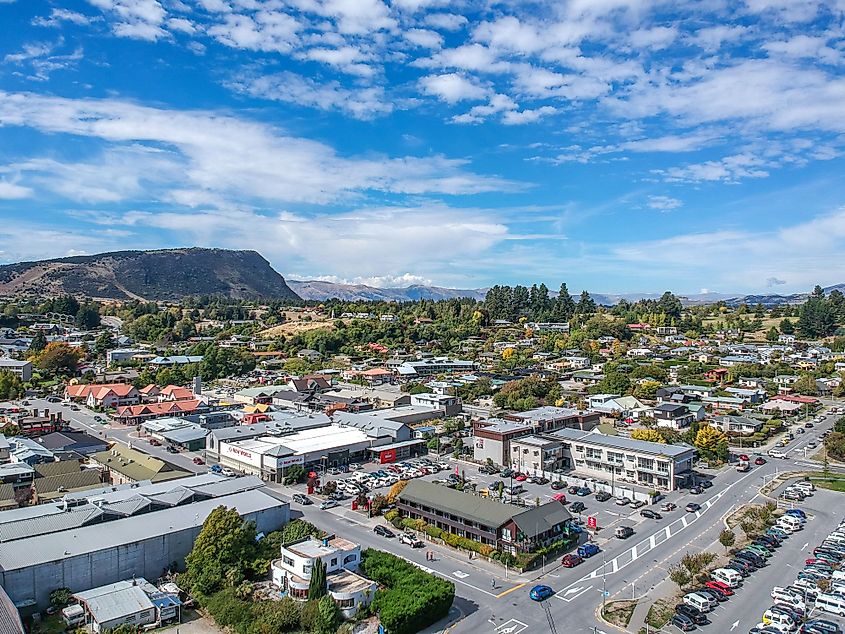
Long before humans in the area, the neighboring lakes of Hawea and Wanaka were formed by two gigantic glaciers over 10,000 years ago. The first people were the local Maori who settled near the lakes in the 19th century. Making the area their summer home known as 'kianga,' they would fish and bird-hunt for provisions. In 1836 the Maori tribe from the North attacked and virtually destroyed the former settlement. The first European, Nathaniel Chalmers, came upon Lake Wanaka in 1853. Guided by a Maori chieftain, Reko, he was also gifted a sketched map by the main chief, Te Huruhuru, that is still in the city's reserves today. The first occupations involved operating sheep stations and producing timber.
The discovery of abundant gold reserves in the region brought over a fleet of Europeans in the 1870s, while during the Central Otago and Cardrona Valley gold rushes, there were some two hundred gold dredges extracting gold from the local Clutha river. The community itself was established in 1863, quickly becoming a boomtown known as Pembroke, named after a British colonial secretary. Theodore Russell opened the first guesthouse on the lake's shores in 1867, while in 1881, the town witnessed its first influx of tourists upon a paddle steamer launch on Lake Wanaka. Unlike the waned gold supplies, the news of the area's spectacular skiing and visually stunning scenery grew spread like wildfire. High country farming is the other highly successful industry that serves to enrich the town's economy, renamed Wanaka in 1940.
Tourist Attractions In Wanaka
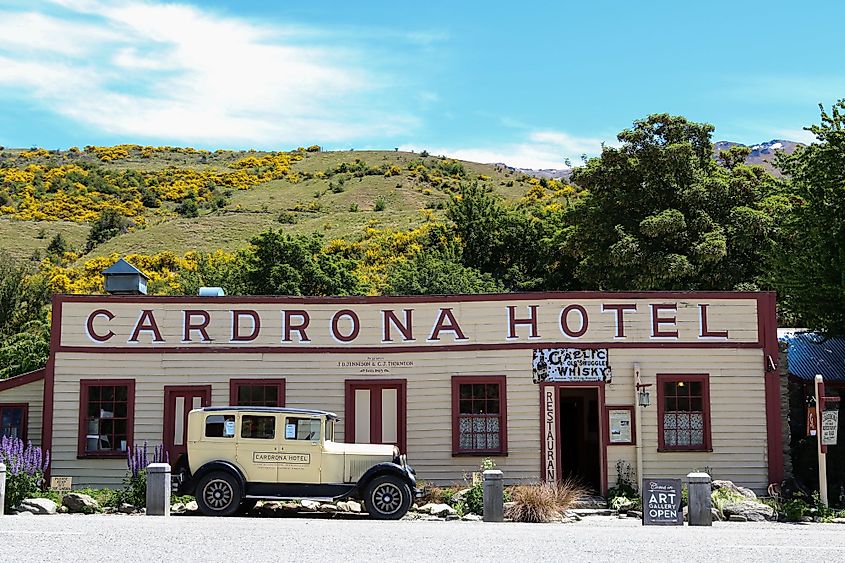
A popular holiday, tourist, and retirement destination, the town is nestled cozily within the majestic mountains for a joyous getaway any time of year. Wanaka sits on the route between two West Coast Glaciers, the Fox and the Franz Josef, and traverses a famously-hiked Haast Pass en-route to Queenstown, making for a great stop-point during one's tour of the South Island. Even if not coming to stay, the historic Cardrona Hotel is a quick drive out of Wanaka, located at the base of the Cardrona ski fields, with a favorite pub. Set halfway between Wanaka and Queenstown on the Crown Range road, it also makes for a perfect pit-stop for a drink on the sunlit terrace with fantastic views during summer and welcomes visitors on the colder days for a round at a roaring open fire.
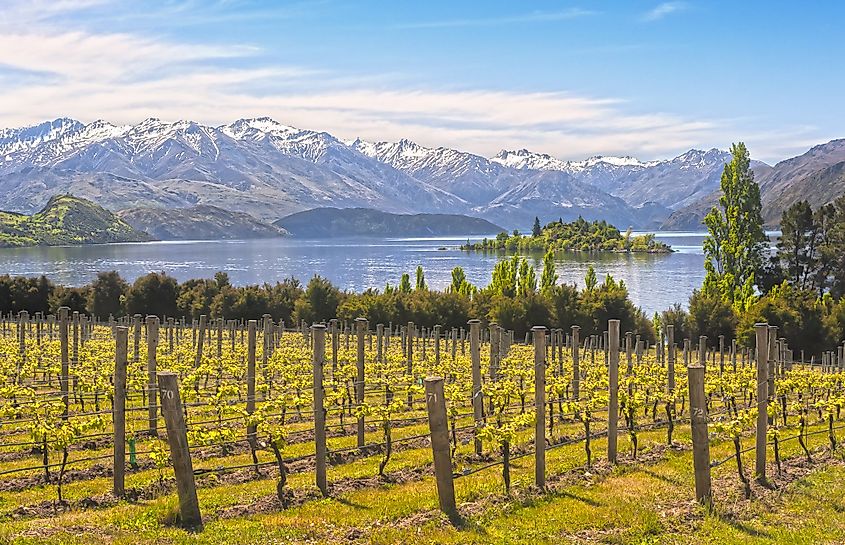
Renowned for the delicious, locally produced wine, some of the many vineyards in the vicinity stretch to the edge of the scenic Lake Wanaka as an added bonus. The water-bound region offers fishing from one of the river valleys for the abundant rainbow trout, brown trout, and salmon, along with canoeing, river surfing, climbing, or even sky-diving adventures. With the nearby mountains, Wanaka has not been omitted from wintertime fun, with a quintessential skiing experience during the traditional summer in the Northern hemisphere. The nearby ski fields include the Treble Cone, Cardrona, and the Wairau Snow Farm. Wanaka's streets brim with exotic, colorful, and edgy festivities during one of the many world-famous events in town.
Natural Features In Wanaka
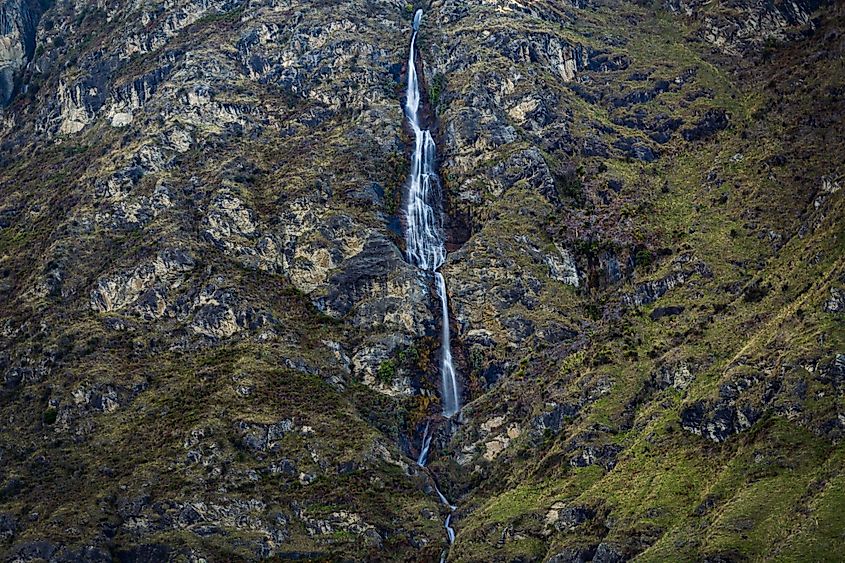
Located in the region of soaring mountains and deep alpine lakes, Wanaka is a naturally mesmerizing town with endless sights and outdoor pursuit options. There is the great Twin Falls for beautiful hikes, set in a scenic mountain locale just outside of the town. The 1000-m high Mount Roy offers a scenically-rich all-day trek, zigzagging through thick golden tussock to the airy ridge and the summit. For extreme seekers, one can take in the region's natural beauty from the skies in a scenic flight that can land on a glacier for a once-in-a-lifetime experience.
Cardrona Valley
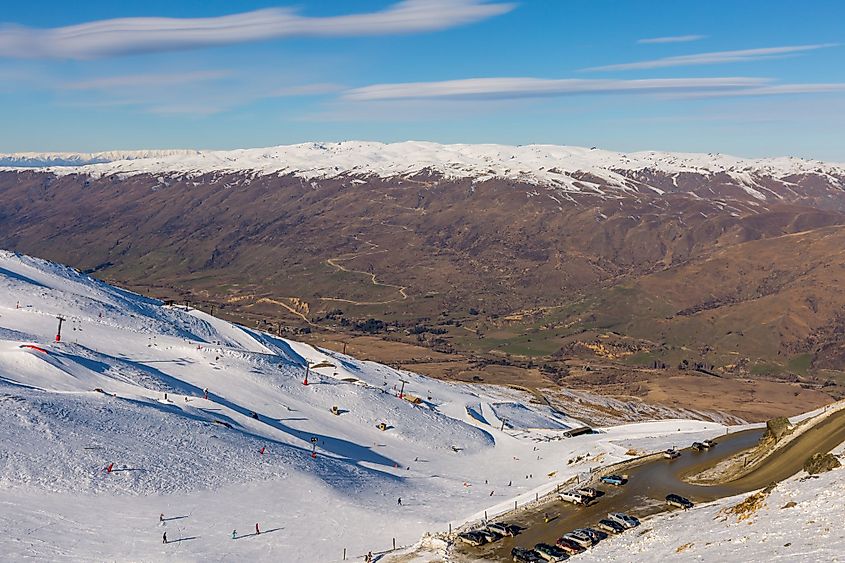
The Cardrona Highway is engulfed on both sides by hilly ranges covered in bunched tussock grasses. The 25-km drive to the Cardrona Valley for a day out of horse trekking, hiking, or skiing, is through a historic gold fever country, where the descendants of the gold-hunters live on the area's farms. The valley's western side reveals the world-class resort with the Cardrona Ski Area trails also used by mountain bikers during summer. On the other side, the Waiorau Snow Farm, as New Zealand's only Nordic ski area, features the high rolling terrain of the Pisa Plateau. The valley verges into the highest main road in the country, the Crown Range at 1,121 meters, for the quickest drive to Queensland with unmatched views and the green waters of the Kawarau River snaking below.
Haast Pass
Meaning in the language of Māori, "the way is clear," the Tiora-patea trail that leads through Haast Pass was traversed by the Māori on the way to the pounamu (jade) rivers. The 160-km long road over the Haast Pass took more than 30 years to carve out of a solid rock, past lakes Wanaka and Hawea, and through the golden tussock-covered hills. Winding itself over the great divide of the Southern Alps, to the rainforests, waterfalls, and rivers of the west coast, the extreme contrast to the former east landscapes is spectacular.
Charles Cameron, a gold prospector, was the first European who found and crossed the pass over in January 1863, where he buried his powder flask on its west side. Julius von Haast and his party then completed the journey over a month after being shown the start of the trail by Māori. Professing himself as the first European to traverse the path, he erected the pass with his name that stuck, although the discovery of Cameron's flask discredited his claim.
Mount Aspiring National Park
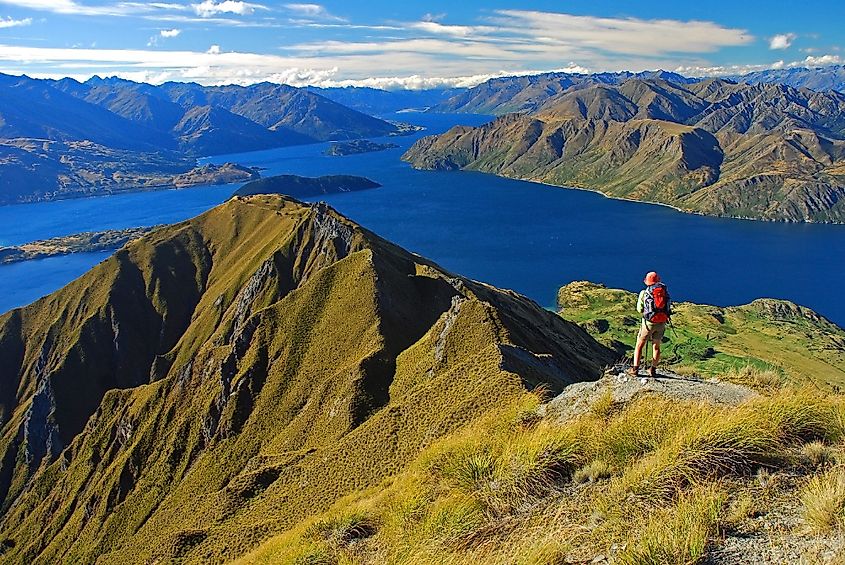
The Mount Aspiring National Park is a great way to explore the real deal of the region’s natural offerings. Just a short drive from Wanaka, the park is known for its pristine wilderness with some of New Zealand's most scenic walks. Thoroughly enjoyed by climbers and photographers, Mount Aspiring, also known as Tititea, hides its summit in the clouds, statuesquely reaching up 3,027 meters from the flanking glaciers.
Lake Wanaka and Clutha River
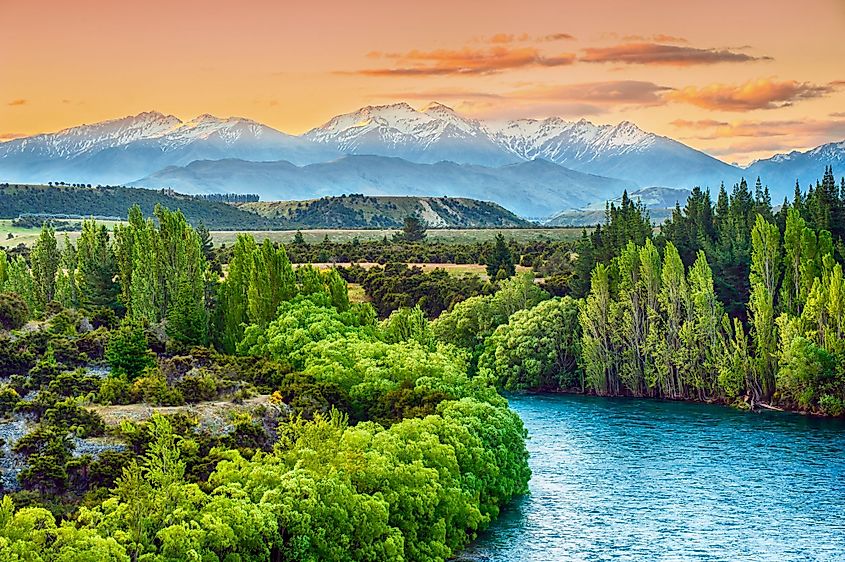
The lake was carved by massive glaciers over 10,000 years ago, with Lake Hawea at its side and the Neck as a 1,000 sliver of land where the glaciers were once joined. Sourced from Lake Wanaka, Clutha River carries the most significant volume of water out of all rivers in New Zealand, emptying into the ocean on the eastern coast. A place of abundant gold extraction during the late 1800s, the river is dammed in many areas to generate electricity today.
The Mou Waho Island
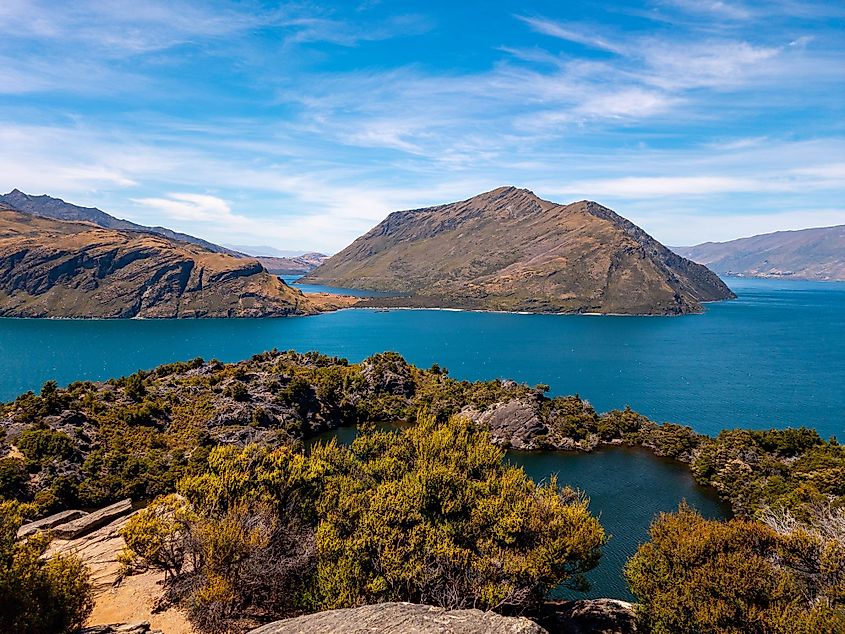
The Mou Waho Island is a nature reserve set in the middle of Lake Wanaka that is home to several species of rare native birds and plants, such as the endangered buff weka. Saved from extinction by the Department of Conservation, this large brown bird of land was historically hunted for food by the early Maori and European settlers. One can also spot the wood pigeon, the native falcon, and the bellbird, along with many Geckos and rainbow trout in the island's own small lake, the Arethusa pool.
Climate
Wanaka is known for its distinct seasons, each bursting with flavor, such as the abundance of blossom in spring from October to December, followed by the clear sunny skies blessing the hot summer's days from January to March. The entire display of all shades of gold and crimson in autumn from April to June is beloved by all, while the crisp days of winter free the snow-lovers to roam the mountain slopes from July to September.
The comfortably warm summers and "very" cold winters suit the array of outdoor adventures the town offers in all seasons. Nevertheless, there is always a chance of rain with Wanaka's commonly overcast skies. The yearly variation in temperature in Wanaka is between 34°F and 70°F, with summers as the most popular time to visit. The cool season is from May 26 to August 25, with the coldest month of July. With a greater than 37% chance of rain every day, the wet season lasts for 9.4 months, from September 14 to June 26, with October as the wettest. The rest of the year is considered the dry season, and February the driest.
In-Town
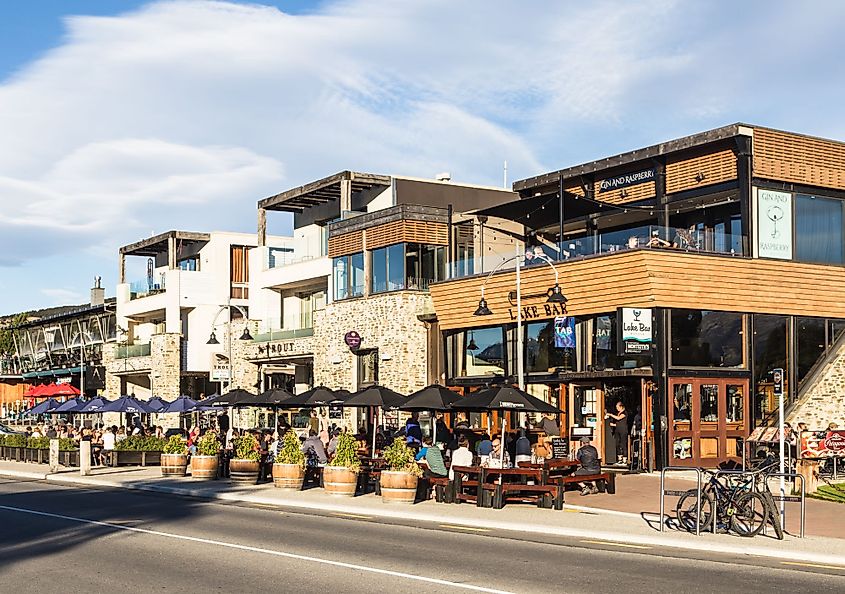
Wanaka is known for its optimal ratio of outdoor pursuits to luxurious indoors, including hotels and resorts with spas, to relax and recharge after a trying and eventful day. Budget travelers will also find a stay to satisfy every comfort, need, and wallet. The array of dining options offering exceptional local cuisine, award-winning artisan wine, beer, spirits, bread, and ice cream, include many terraced cafes and restaurants with the surrounding mountain vistas.
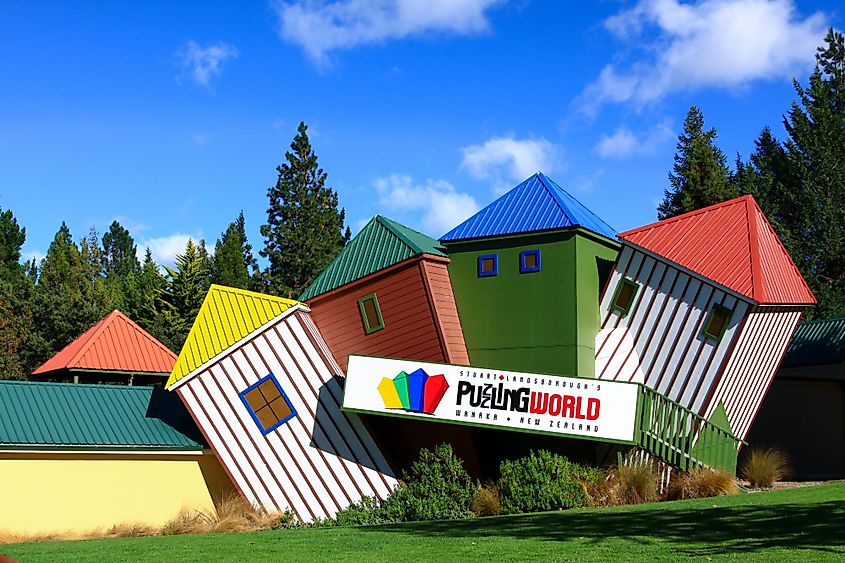
Whether sitting at the Wanaka Beerworks, an international award-winning brewery or playing a round of golf on a course overlooking the clear blue waters of Lake Wanaka, anyone will find an activity to match their taste. The Puzzling World is a unique complex with a giant maze, interactive puzzles, and illusions for kids and adults alike. There, one can unravel a range of puzzles family-style, attempt navigating through a maze, and marvel at the Hall of Following Faces. The eclectic National Transport & Toy Museum offers everything from cars to fire engines, bicycles, army tanks, model cars, and aircraft for families with kids to explore actively.
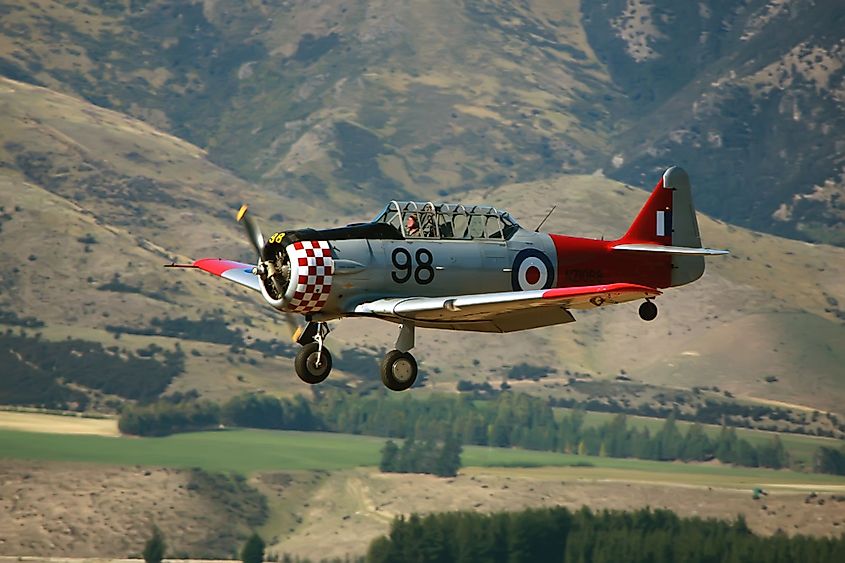
The dynamic Warbirds Over Wanaka airshow is attended by an average of 65,000 visitors every two years that it is in town. As the largest of its kind in the Southern Hemisphere, it offers a range of historical and current warbirds and static and aerial displays. Other festivals include the Rhythm & Alps music festival, the Festival of Colour, and the Challenge Wanaka, as the world’s most scenic long-distance triathlon. There is also the International World Heli-Challenge, where the top snowboarders and skiers from around the globe compete on the demanding backcountry alpine slopes.
With Queenstown, only 70 km to the southwest, city dwellers along with artists from the entire nation flee to Wanaka for some R&R and inspiration. As a genuine alpine town and the ultimate hub for outdoor adventures, it is also adored by international visitors seeking a change in seasonal scenery.

